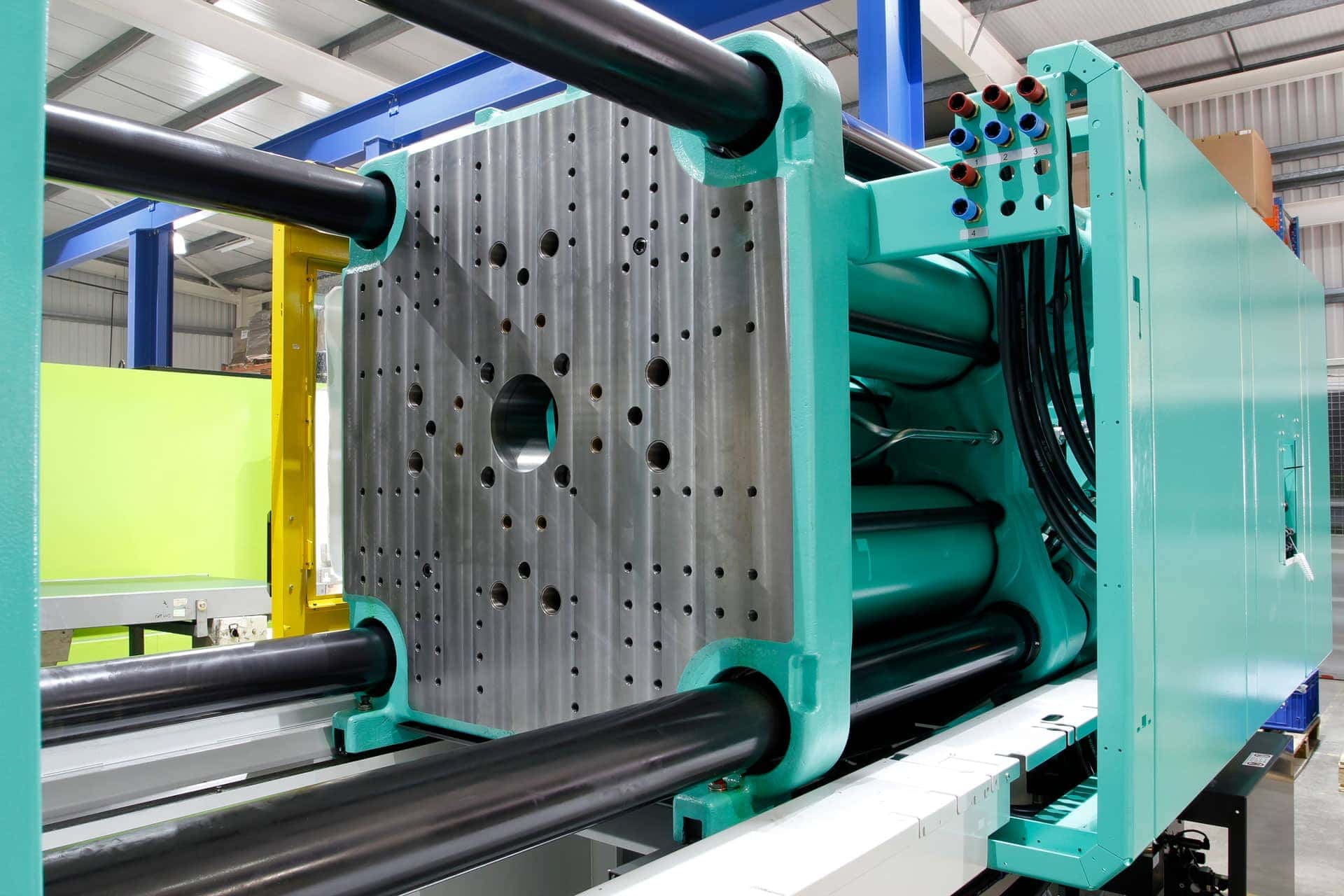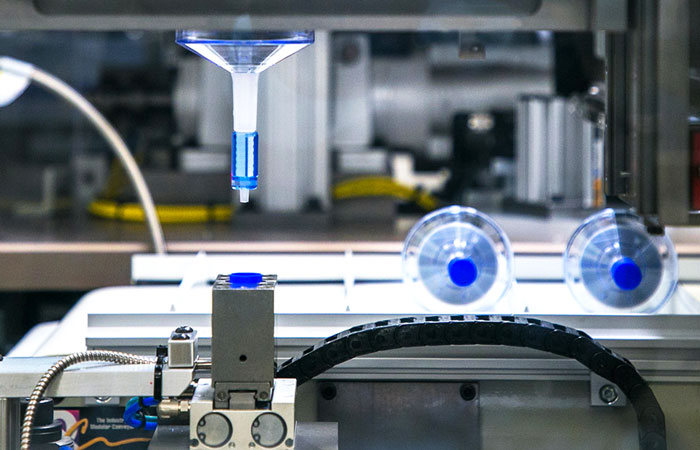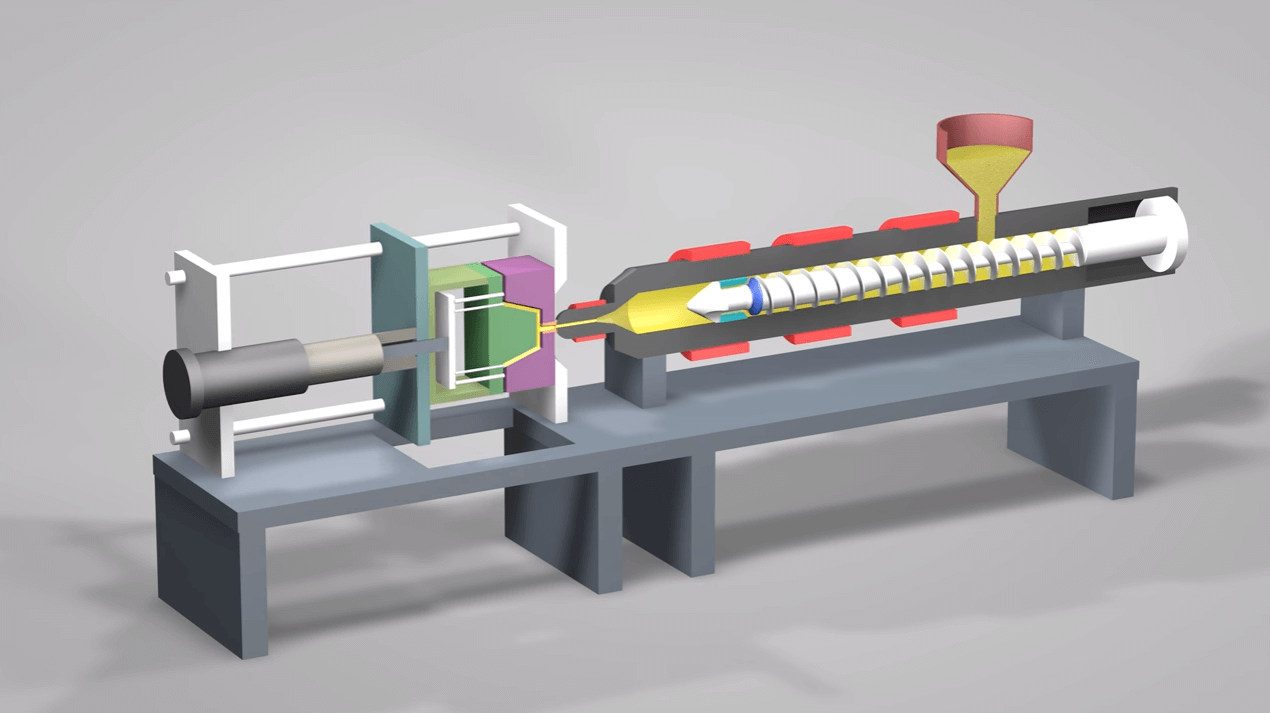Plastic Injection Molding: A Comprehensive Overview to Modern Production Techniques
Plastic Injection Molding: A Comprehensive Overview to Modern Production Techniques
Blog Article
Understanding the Fundamentals of Plastic Injection Molding Processes
Plastic shot molding serves as a foundation of contemporary manufacturing, providing a methodical method to producing complex components with accuracy. Discovering these crucial components can expose exactly how even minor modifications can lead to considerable renovations in manufacturing results, increasing concerns about the possibility for development in this recognized procedure.
What Is Plastic Shot Molding?
Plastic injection molding is a commonly utilized manufacturing process that transforms thermosetting and thermoplastic products into specific and complicated shapes. This technique is preferred for its ability to create high quantities of the same parts with phenomenal accuracy, making it an important technique in numerous sectors, including vehicle, customer goods, and medical gadgets.
The process entails thawing the selected plastic material and injecting it into a mold under high stress. The mold and mildew, created to the requirements of the desired part, allows the molten plastic to take form as it cools and solidifies. When the product has set, the mold is opened up, and the completed element is ejected.
Plastic shot molding supplies several benefits, including minimized waste, uniformity in production, and the capacity to integrate complex designs that might be testing with other making methods. Additionally, it supports a wide variety of materials, each giving special residential or commercial properties that can be customized for certain applications. As sectors remain to introduce, plastic shot molding continues to be at the leading edge, enabling the growth of sophisticated products that satisfy progressing consumer needs.
The Shot Molding Process
The injection molding procedure is an advanced strategy that includes a number of crucial stages to generate high-quality plastic components. Plastic pellets are fed into a warmed barrel where they are thawed right into a viscous fluid. This molten plastic is then infused under high stress into a precision-engineered mold, which shapes the material into the wanted kind.
Once the mold and mildew is loaded, the plastic is allowed to cool down and strengthen, taking the shape of the mold and mildew tooth cavity. Cooling time is critical, as it influences the cycle time and the last properties of the shaped component. After enough air conditioning, the mold and mildew opens up, and the finished part is ejected utilizing ejector pins.

Materials Made Use Of in Injection Molding
Different products can be used in the injection molding procedure, each offering one-of-a-kind residential or commercial properties that deal with specific applications. The most typically used materials consist of thermoplastics, thermosetting plastics, and elastomers.

Thermosetting plastics, like epoxy and phenolic materials, go through a chemical adjustment during the treating process, causing an inflexible, inflexible framework. These products are excellent for applications calling for high heat resistance and architectural honesty, commonly used in automotive parts and electrical insulators.
Elastomers, consisting of silicone and rubber-based products, offer versatility and durability. Their unique residential properties make them suitable for applications that demand flexibility, such as seals and gaskets.
Furthermore, specialized products like bio-based plastics and composites are obtaining traction for their environmental benefits and boosted performance attributes, widening the extent of injection molding applications in different markets. Recognizing the homes of these materials is essential for choosing the proper kind for details projects.
Advantages of Injection Molding
Shot molding sticks out as a highly efficient production procedure that uses various advantages for over here producing complex components with precision. One of the most significant benefits is the capacity to develop detailed layouts that would certainly be tough or difficult to achieve with various other approaches (Plastic Injection Molding). The process allows for limited resistances and in-depth functions, making sure top quality elements
Additionally, shot molding is understood for its quick manufacturing capacities, making it a suitable option for high-volume production. When the mold and mildew is created, components can be created swiftly, decreasing lead times and raising overall productivity. This performance not only lowers manufacturing prices however also gives a competitive edge out there.
The versatility of products used in injection molding further improves its appeal. A large range of thermoplastics and thermosetting polymers can be employed, enabling manufacturers to choose products that ideal meet their certain requirements, consisting of heat, strength, and versatility resistance.
Furthermore, the process minimizes waste, as excess product can frequently be reused and recycled. This sustainability aspect adds to a lowered environmental effect, making shot molding a liable production choice. In general, the advantages of injection molding make it a favored technique for several sectors.
Elements Impacting Item Top Quality
While various variables can affect item quality in shot molding, understanding these elements is vital for attaining optimal results. Secret elements include material choice, processing specifications, and mold design.
Material selection plays a vital function, as different polymers exhibit unique buildings that influence flowability, toughness, and thermal security. Poor product selection can bring about issues such as bending or incomplete filling.
Processing parameters, consisting of temperature level, pressure, and cycle time, must be carefully controlled. Variations in these setups can cause inconsistencies in part dimensions and surface coating. Exceedingly high temperature levels might trigger deterioration of the polymer, while inadequate stress can result in brief shots.
Mold and mildew layout is similarly essential, as it identifies the flow of the molten plastic and the cooling process. Poorly made molds may result in unequal cooling rates, resulting top article in recurring tensions and dimensional inaccuracies.

Conclusion
In conclusion, plastic injection molding acts as a vital production procedure that allows the effective production of premium elements. Proficiency of the shot molding process, including the understanding of materials and the influence of various factors on product high quality, is necessary for accomplishing ideal outcomes. The advantages of this approach, such as cost-effectiveness and layout adaptability, further highlight its relevance across multiple sectors, strengthening its status as a recommended selection for high-volume production.
Plastic injection molding serves as a cornerstone of modern-day manufacturing, offering a methodical approach to generating complicated components with accuracy.Plastic shot molding offers a number of benefits, consisting of her comment is here minimized waste, uniformity in manufacturing, and the capability to incorporate detailed styles that may be testing with other producing approaches (Plastic Injection Molding). As markets continue to introduce, plastic shot molding remains at the center, allowing the growth of sophisticated items that meet advancing consumer needs
The shot molding procedure is a sophisticated strategy that involves several key stages to create top quality plastic elements.In conclusion, plastic shot molding offers as a crucial production process that makes it possible for the effective manufacturing of premium components.
Report this page